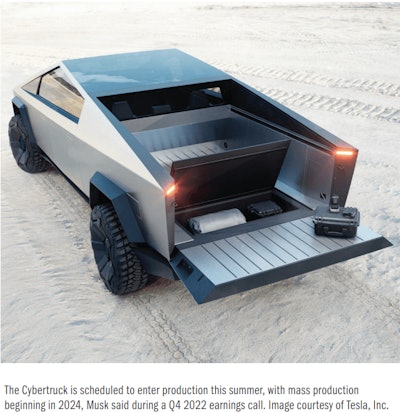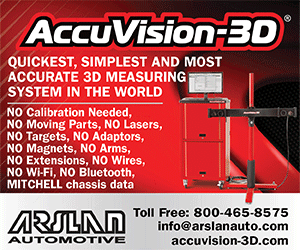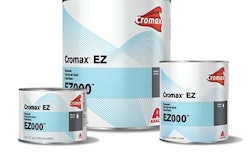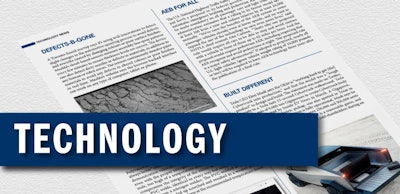
DEFECTS-B-GONE
A Toronto-based startup says it’s using tech innovations to detect slight changes in the automotive spraying process to avoid defects and reworks caused by changing colours or poor surface finishes. Mazlite’s cloud-based sensors measure assembly line spray patterns every few minutes to ensure thickness levels are correct. The device can also detect dirty nozzles or defects in materials, in addition to any human or robot errors. The sensors continuously monitor paint materials to avoid any defects in altered colours or poor finishes in real time. Mazlite’s website says the browser-backed interface can work on any type of computer, tablet or phone.
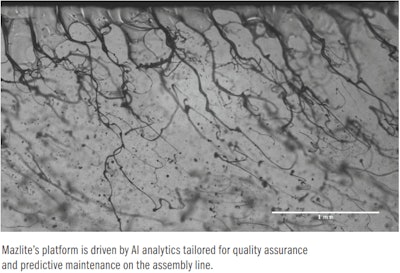
PLASTIC PERFECTION
Polyvance is reminding the repairers out there that “hotter is not always better” when it comes to plastic welding, as shown in a recent demonstration video from the company. The video explains that even with the proper nitrogen welder and the right plastic weld rods, too high of a temperature could weaken the material and compromise the integrity of the entire weld. It was shown how two PVC welds, identical in every way but temperature, reacted to heat from a nitrogen welder. The PVC welded at the higher temperature ended up scorched and resulted in a weaker overall weld, while the weld done at the recommended temperature stood up well to post-weld testing
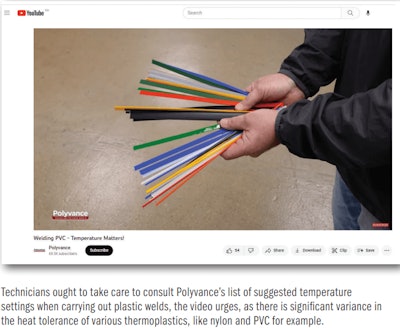
BUILT DIFFERENT
Tesla CEO Elon Musk says the OEM is “working hard to get [the] Cybertruck into production,” and that the model was a “tough product” to design and build. The statement was made on Twitter, in reply to a Tesla fan’s 15-second Cybertruck walkaround. Tesla is using a pair of 9,000-ton Gigapresses to create Cybertruck body panels, as reported by Inside EV News in March. A Gigapress, presumably for the electric pickup, was also spotted in Texas in January 2023. Once production is fully operational, Musk says he expects the Cybertruck to sell between 250,000 and 500,000 units per year. “I’d say a quarter of a million is a reasonable guess, and it might be 500,000, I don’t know,” he told shareholders during an annual meeting.
